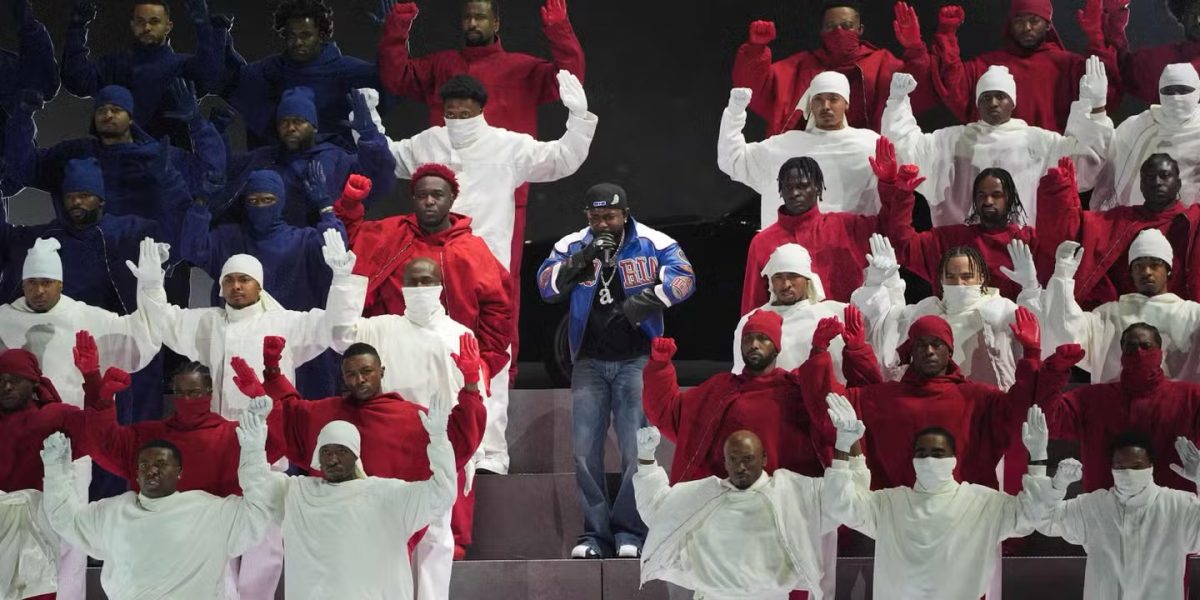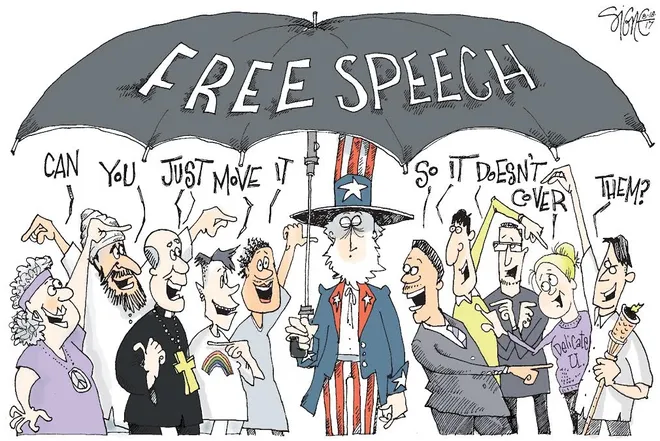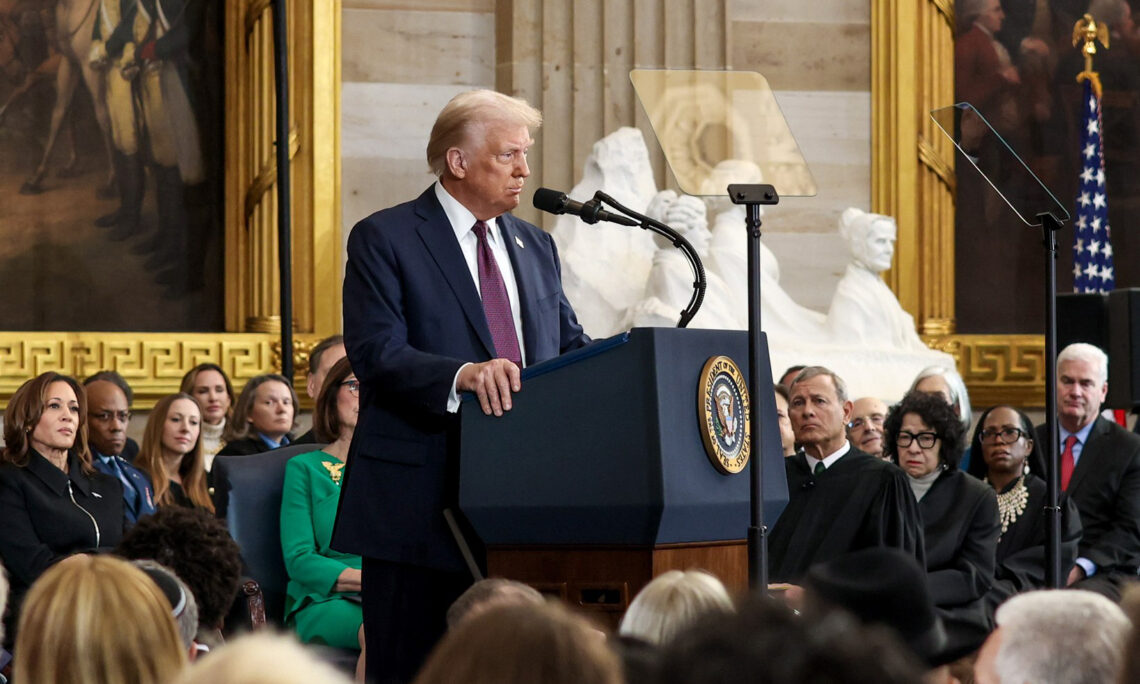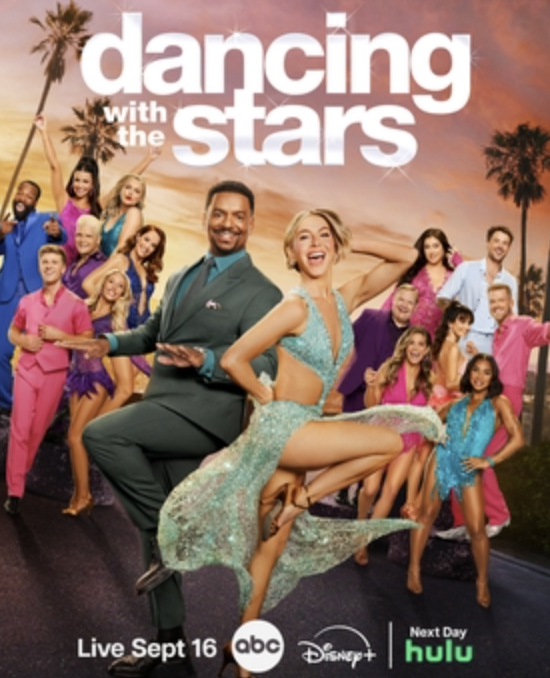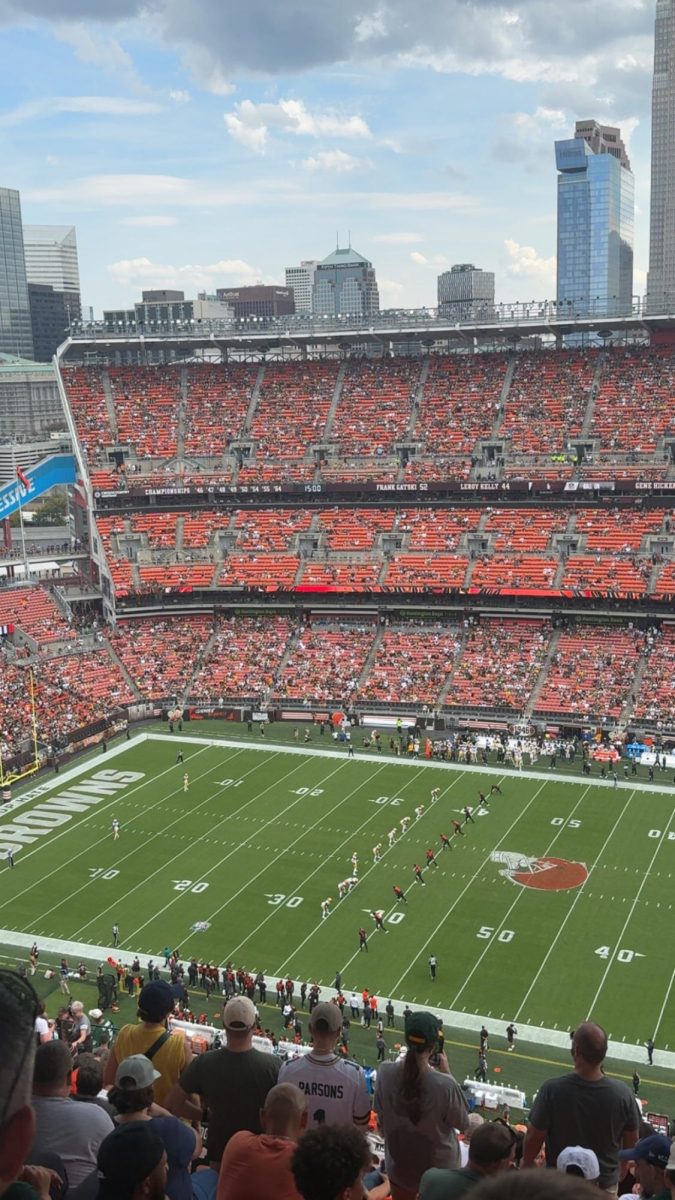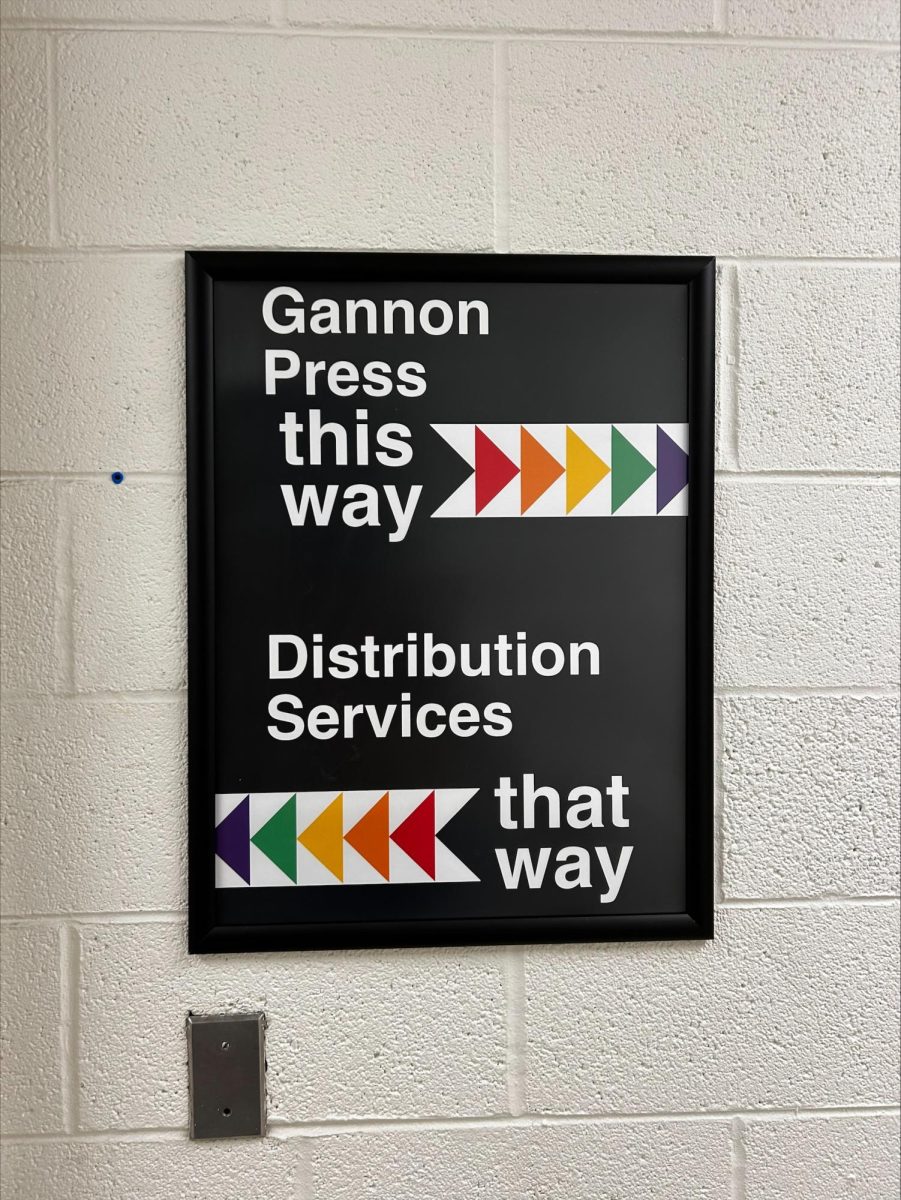Feb 21, 2025/Midnight
Erie, PA.— Nearly 134 million people tuned-in to witness rapper Kendrick Lamar’s halftime show for Super Bowl LIX earlier this month, making it one of the most-watched halftime shows ever. Lamar’s performance was full culturally symbolic gestures with along with a ton of politically charged messaging that left quite the impression on the viewers, resulting in a very critical discourse of the performance on social media not long after the half time show concluded.
Some critics argued that Lamar had the worst halftime show ever, while others claimed that his performance had such a cultural significance that it deserved much more positive recognition than it received and that much of the messages in the performance were either misunderstood or completely overlooked.
This raises the question, is political symbolism in mainstream media sources, like the Super Bowl ever truly effective?
The answer is within the viewer. Does the viewer have the contextual background to understand the references being made as they are watching in live time? Or do they have to wait until returning to the classroom or in the office having casual conversation with a peer, having them explain the political or cultural significance of each part of the performance?
The Super Bowl has such a diverse audience who tune in for a variety of different reasons. Meaning that having political commentary intertwined so tightly into the halftime performance can result in a lot of the intended message to be lost.
For example, within the performance, the dancers dressed in red, white, and blue repeatedly making a formation of the flag. But, the colors also symbolized the rival gang activity of the Bloods and Crips, which was prevalent in the life of Kendrick Lamar who grew up in Compton, an anecdote not all viewers would have initially taken note of.
The yearly viewership of the big game is comprised of those who only tune-in for the commercials, those who only watch the game for the halftime show, those who are actually American football fans watching for the love of the game, and then those who are simply tuning in because they have nothing better to do on a Sunday night in February.
Symbolism only works if the general audience understands the references being made within the performance. Of course, there will always be a discussion afterwards interpreting the meaning of much of the show. But even then, it may still not resonate with the average audience. Much of the symbolism within the performance resonated more closely to the Gen Z audience, more than to millennials and the rest of the population.
For example, is with Serena Williams’ guest appearance, where she did the Crip Walk dance during Lamar’s performance of “Not Like Us.” The dance was said to be a nod to her celebration at the Olympics in 2012, where she busted the same moves, connecting her roots of also growing in Compton and Black culture to the famously conservative sport of tennis, according to the Miami Herald. Others, believed that the underlying reason for William’s appearance was a diss at Canadian rapper Drake, whom she allegedly dated back in 2011, and for whom the song “Not Like Us” is a diss track.
Overall, if the target of the performance was Gen Z and select millennials who are hip-hop fans and somewhat invested in the online drama between Drake and Kendrick Lamar, then I think the performance was effective. An event like the Super Bowl attracts people of so many different demographics and backgrounds that it also seemed strategic to bring up such pressing issues, like race relations, rap beef and gang activity knowing that so many people were watching. Regardless, if they understood the message, it got people talking and if that was the goal, then mission accomplished.


